What is AFM?
The nGauge AFM featured on Breaking Taps
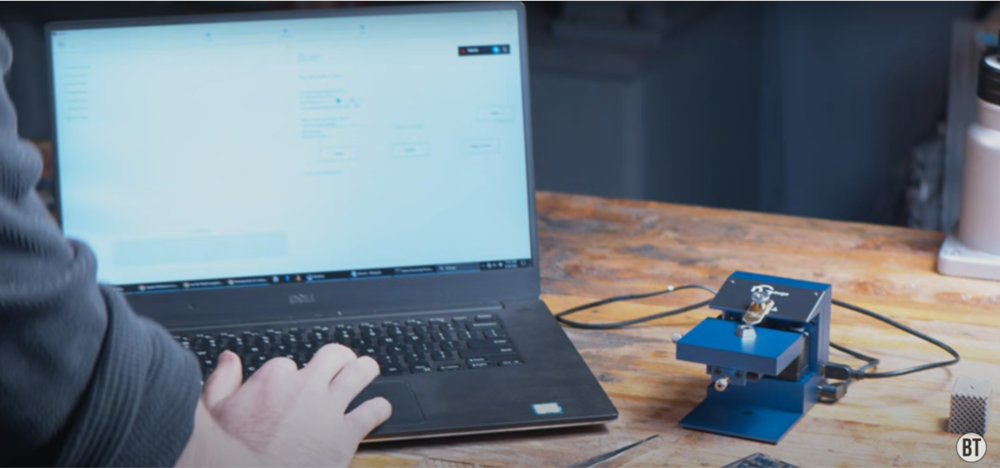
In the realm of scientific equipment, few devices can match the sheer coolness and versatility of an atomic force microscope (AFM). Zach from the popular YouTube material science channel, Breaking Taps, recently had the opportunity to delve into the fascinating world of AFM. In this blog post, we’ll follow Zach’s journey as he takes us through his experiences with AFM and showcases its capabilities. Scroll to the bottom to watch the video!
Captivating AFM Scans
Before diving into the technical details, Zach couldn’t contain his excitement about the captivating AFM scans he had obtained with the nGauge. From the surface of a silicon wafer with melt ripples to tungsten disulfide micro platelets and even a 1979 integrated circuit, Zach was enthralled by the intricate details revealed by AFM imaging. The scans also featured mysterious nanodiamonds, leaving Zach intrigued and excited about further exploration.
Understanding Atomic Force Microscopy
Zach explained that AFM belongs to the scanning probe microscope family, where a physical probe is scanned across the surface of a substrate to gather topographic information. Unlike optical microscopy, which relies on photons, AFM involves physical contact with the surface using an extremely small probe, typically ranging from 2-20 nm in size. This high precision enables AFM to capture intricate surface details beyond the capabilities of conventional microscopes.
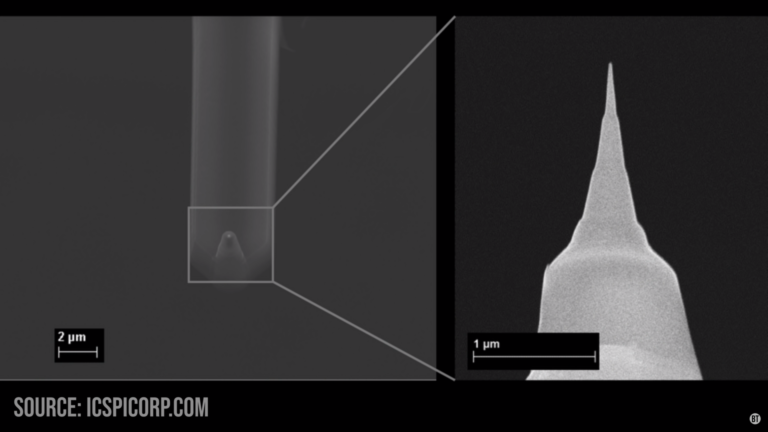
Exploring the Breaking Taps AFM Setup
Zach introduced two different AFM setups: an nGauge atomic force microscope and a “macro AFM” that he built for demonstration purposes. The macro AFM designs are described in a paper by MIT researchers. While the nGauge AFM has nanometer precision, the macro AFM served as a larger-scale model to aid understanding of AFM principles. Zach’s macro AFM was constructed using an old 3D printer, providing a cubic volume of approximately 150 millimeters and a 0.1 millimeter step size. The system achieved a resolution of 4 micrometers for the deepest parts of the lattice and 2 micrometers for the crevices between lattice elements. In contrast, the nGauge AFM boasted resolutions of <0.5 nanometers in the X-Y plane and <1 nanometer in the Z direction.
Zach provided a comprehensive overview of how the macro AFM operated, which closely resembled tapping mode AFM. Instead of a sophisticated cantilever system, Zach used a brass shim stock with a folded tip and a magnet attached. The cantilever was driven by a voice coil, excited at the cantilever’s resonant frequency of around 26 hertz. By monitoring the amplitude of the oscillations, the tapping mode AFM determined the surface contact and adjusted the probe’s position accordingly.
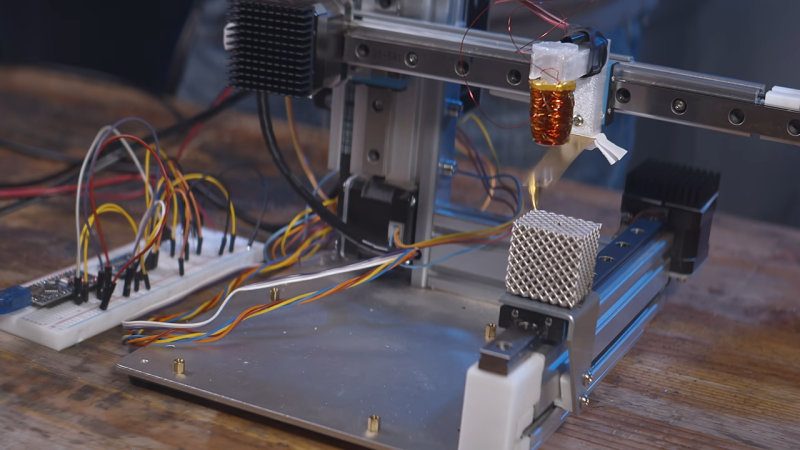
Traditional AFMs and the nGauge AFM
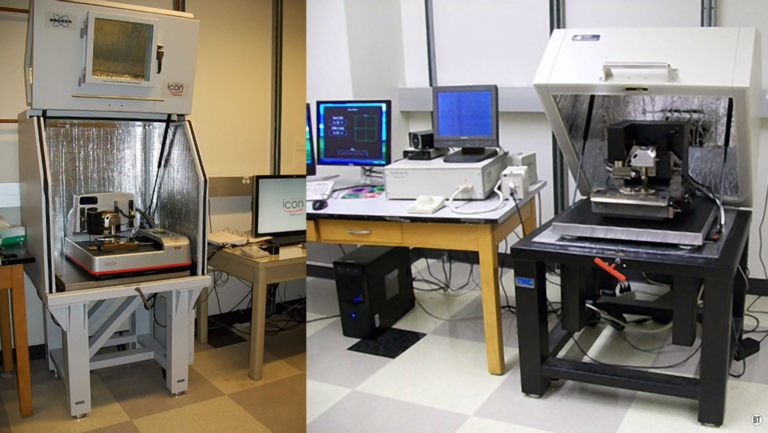
Unlike bulky, traditional AFMs, Zach explains how the nGauge AFM easily fits inside his garage laboratory. The size reduction is made possible by integrating the scanning components onto a MEMS (micro-electro-mechanical Systems) chip. The MEMS device handles probe translation in all three dimensions (x, y, and z), while a piezo-resistive sensor measures the probe displacement, instead of a laser system. The miniaturization not only reduces the weight of the device but also eliminates the need for a large vibration isolation table.
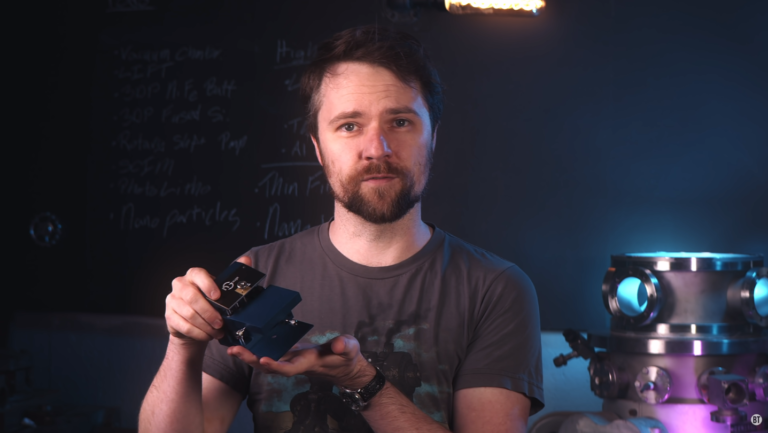
Live AFM Scans with the nGauge AFM
Zach then walks through setting up the nGauge AFM on his benchtop and scanning different materials from his garage shop: he scans a tungsten carbide insert, ablated aluminum, and a gage block.
Watch the video below. Live scans start at 15:44.

Interested in learning more about AFM?
Speak with an application engineer today to see how AFM can help with your research and process development.
